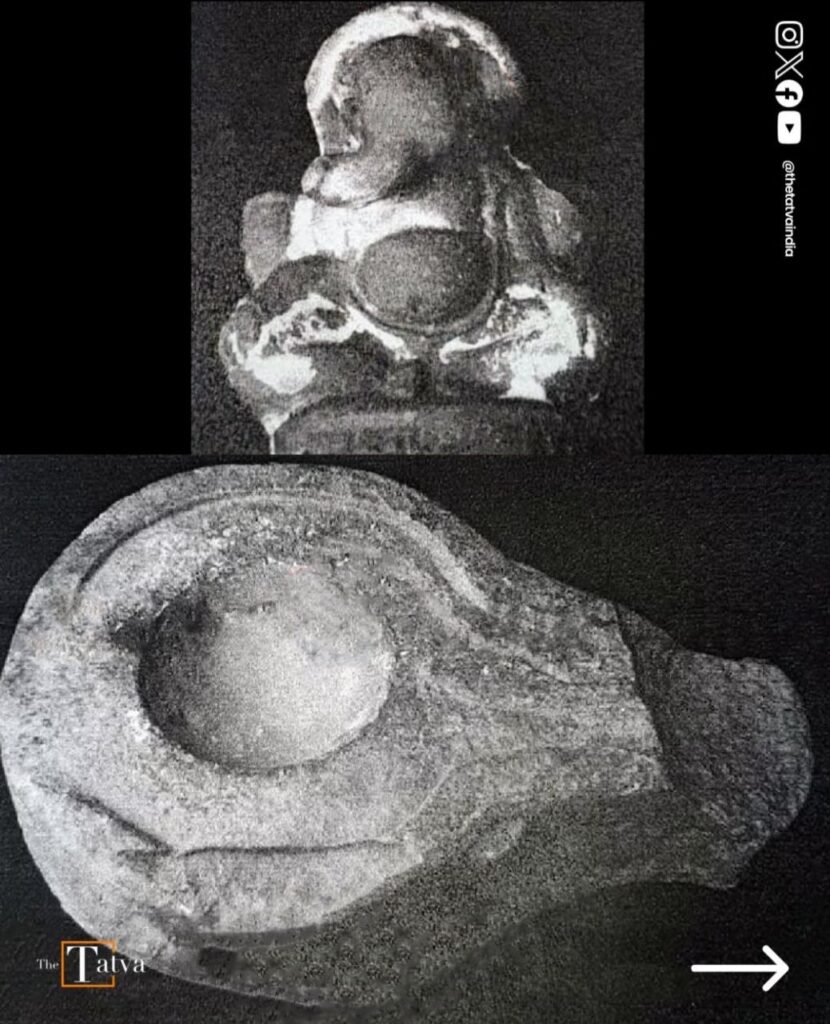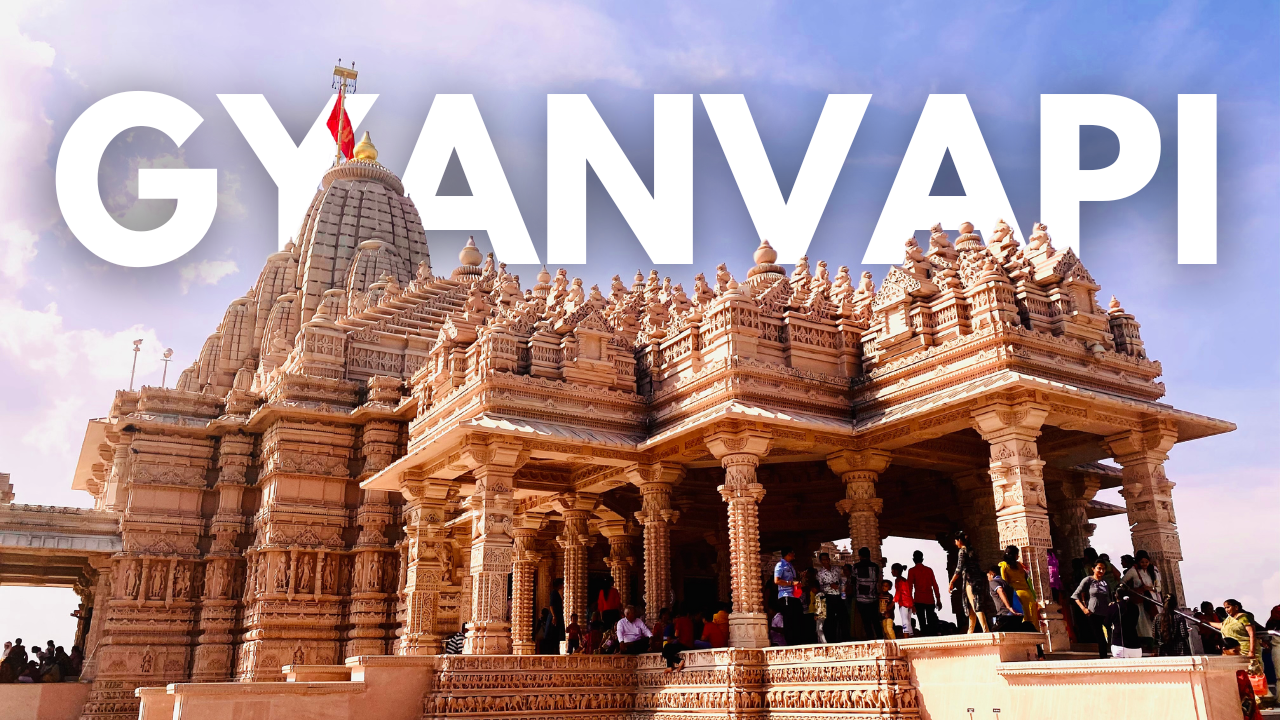The Varanasi district court has decided to provide both litigants with the Archaeological Survey of India (ASI) survey report on the Gyanvapi mosque complex.
As reported by ANI, advocate Vishnu Shankar Jain, representing the Hindu side, expressed that the ASI’s findings are conclusive. According to Jain, the survey affirms the presence of a substantial Hindu Temple predating the construction of the current structure at the Gyanvapi mosque complex.

Here are the Top 10 interesting facts about the Gyanvapi case:
1. As reported by ANI, the ASI report on the Gyanvapi Mosque complex revealed that a pre-existing structure was apparently dismantled in the 17th century and “parts of it were repaired conversion and reuse.
based on scientific studies, that “a large Hindu temple existed before the construction of the existing structure”.



8. On January 16, the Supreme Court approved a request from Hindu women petitioners to cleanse the entire ‘wazukhana’ area within the Gyanvapi mosque. The space where an alleged Shivling was discovered was maintained in a hygienic condition.
9. The ‘wazukhana’ area was sealed in 2022 after a Supreme Court order, triggered by the identification of what the Hindu side called a ‘Shivling’ and the Muslim side called a ‘fountain.’ A court-ordered inspection of the building adjacent to the Kashi Vishwanath temple led to this discovery on May 16, 2022.
10. The Allahabad High Court had earlier ruled that civil suits filed by Hindu worshippers and deities, among other things, seeking restoration of the temple on the mosque grounds are not barred by the Places of Worship Act.










